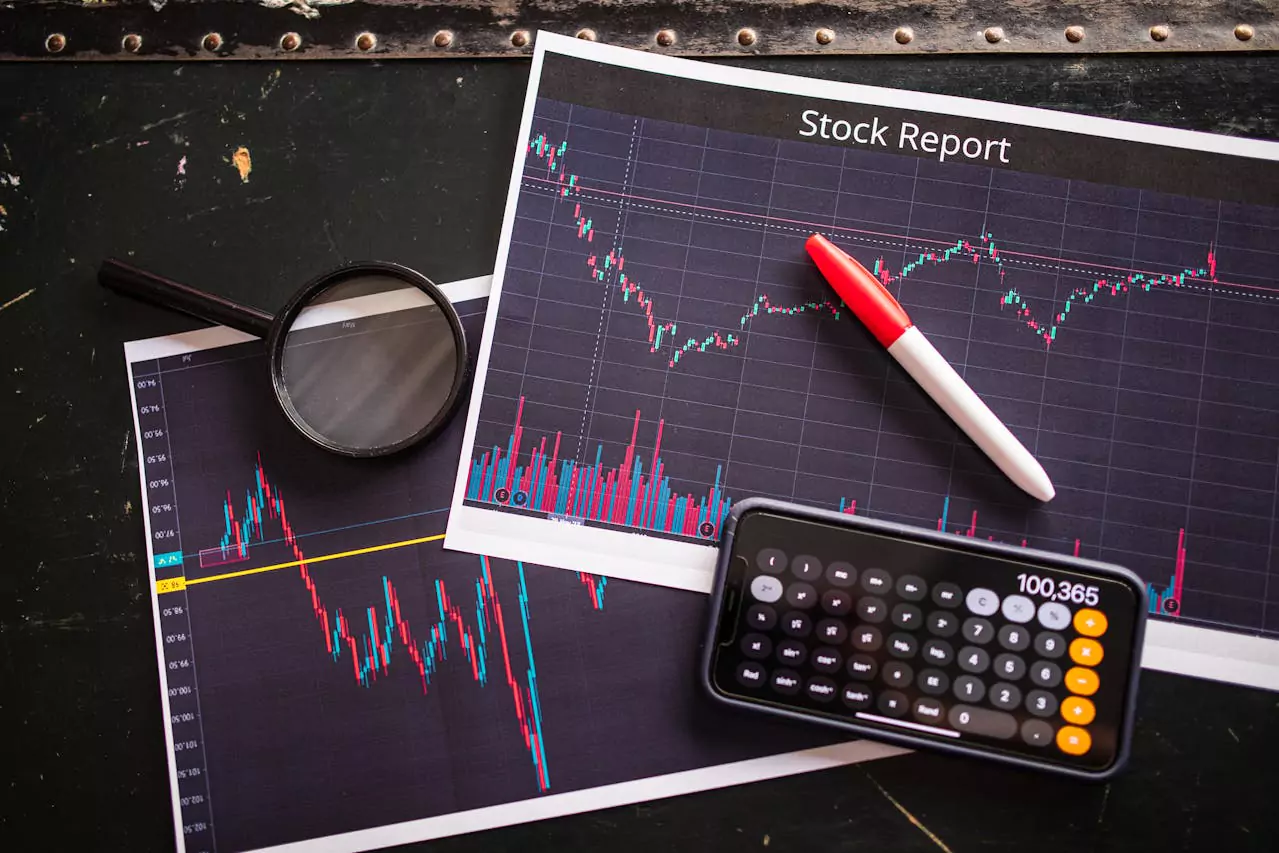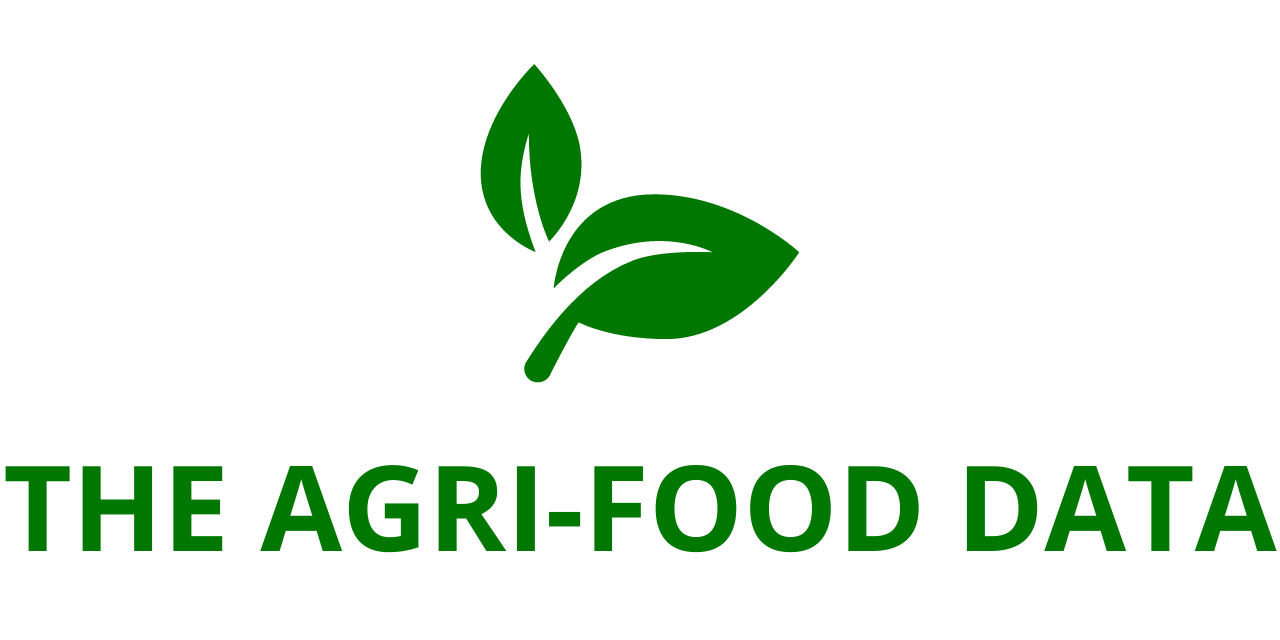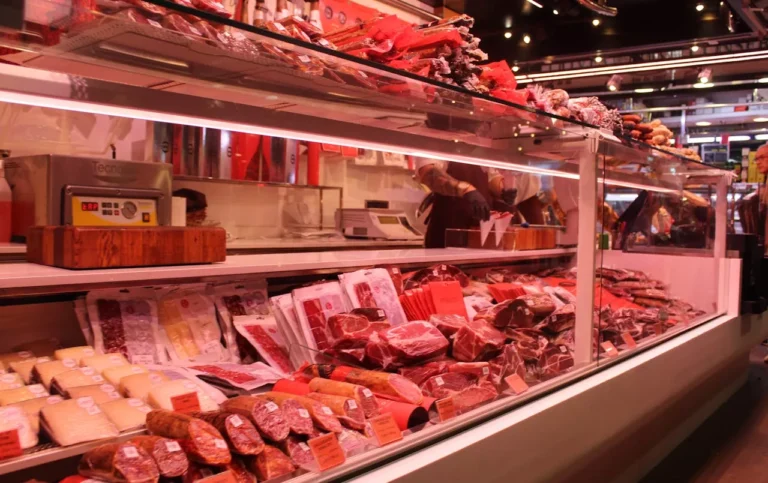
MSG Market Report 2025: Growth to $10B by 2030 Driven by Culinary Trends & Asian Cuisine
The latest addition to ResearchAndMarkets.com’s portfolio, the “Monosodium Glutamate (MSG) – Global Strategic Business Report,” provides a comprehensive analysis of the MSG industry, outlining market trends, growth drivers, and forecasts. According to this report, the global market for MSG was valued at approximately USD 7.6 billion in 2024 and is projected to reach USD 10 billion by 2030, reflecting a compound annual growth rate (CAGR) of 4.7% from 2024 to 2030. This significant growth underscores the increasing demand for MSG in the global food industry and beyond.
Understanding MSG and Its Market Presence
Monosodium glutamate (MSG) is a widely used flavor enhancer that imparts the umami taste, one of the five basic tastes along with sweet, sour, bitter, and salty. Found in stock cubes, snacks, ready-to-eat meals, and fast foods, MSG has a longstanding presence in the food industry. It was first discovered by Japanese biochemist Kikunae Ikeda in the early 20th century and has since gained worldwide popularity. Commercially, MSG is produced through the fermentation of carbohydrates, a process similar to that used in the production of yogurt and vinegar, making it a viable ingredient across various culinary applications.
Key Market Drivers Fueling MSG’s Growth
Several factors contribute to the robust growth of the MSG market. The increasing global consumption of processed and convenience foods is a major catalyst. As consumers seek flavorful yet quick meal solutions, the demand for MSG in fast foods and packaged meals continues to rise. Furthermore, the globalization of food preferences has played a pivotal role in driving MSG’s popularity across various cuisines.
Technological advancements in fermentation techniques have enhanced production efficiency, leading to increased MSG yield at lower costs. This has facilitated its integration into a wider array of food products, reinforcing its position as an essential ingredient in the global food supply chain.
Additionally, there is a growing emphasis on maintaining flavor while reducing sodium intake. Unlike table salt, MSG contains significantly less sodium per serving, making it an attractive alternative for food manufacturers aiming to produce low-sodium yet flavorful products. This aspect aligns with evolving consumer preferences for healthier diets, thereby fostering the sustained growth of the MSG industry.
The Increasing Dependence of the Food Processing Industry on MSG
MSG plays a crucial role in the food processing industry, enhancing flavors without substantially increasing sodium levels. As the demand for processed, ready-to-eat, and frozen meals continues to escalate, food manufacturers are increasingly relying on MSG to improve taste while keeping costs low. Given that MSG allows manufacturers to enhance the savory quality of their products without excessive use of salt, it is seen as a valuable ingredient in creating healthier food formulations.

Another key factor contributing to MSG’s increasing utilization in the food sector is the rapid expansion of global food chains. Many fast-food outlets, restaurants, and packaged food brands incorporate MSG into their offerings to maintain consistency in taste and enhance customer satisfaction. The ever-evolving landscape of food trends further broadens the scope of MSG’s application in both traditional and innovative dishes worldwide.
Consumer Perceptions and Their Influence on the MSG Market
Consumer perception plays a crucial role in shaping the MSG market. In the past, MSG faced significant controversy due to alleged health risks, with claims linking it to conditions such as the so-called “Chinese Restaurant Syndrome.” However, extensive scientific research has debunked these claims, affirming MSG’s safety for human consumption when used within recommended limits. Regulatory agencies, including the U.S. Food and Drug Administration (FDA), the European Food Safety Authority (EFSA), and the World Health Organization (WHO), have classified MSG as safe for consumption.
Despite historical concerns, the modern-day market is witnessing a shift in consumer perception. With greater transparency in food labeling and widespread dissemination of scientific findings, consumers are becoming more accepting of MSG as a legitimate and safe food additive. Food manufacturers are also leveraging this opportunity to educate consumers, emphasizing the benefits of MSG in creating delicious, lower-sodium food options. This evolving perception is crucial in expanding MSG’s presence in various food products and global markets.
Market Trends and Regional Insights
The MSG market exhibits notable regional growth variations, driven by dietary habits, industrial expansion, and economic development. Key insights from the report include:
- Market Growth Projections: The additives application segment is expected to grow significantly, reaching an estimated USD 3.3 billion by 2030 with a CAGR of 4.8%. The preservatives segment is also forecasted to expand at a steady rate, maintaining a 3.7% CAGR during the analysis period.
- Regional Performance:
- The U.S. MSG market was valued at USD 2 billion in 2024, reflecting a strong demand for the ingredient in processed and packaged foods.
- China is projected to experience the highest growth, with a forecasted CAGR of 7.1%, reaching USD 2.2 billion by 2030. This expansion is attributed to China’s dominant position in MSG production and its extensive use in Asian cuisine.
- Other notable markets include Japan, Canada, Germany, and the broader Asia-Pacific region, each contributing to the global expansion of the MSG industry.
Industry Leaders and Competitive Landscape
The MSG market is characterized by the presence of several key industry players who influence production, innovation, and distribution strategies. Major companies profiled in the report include:
- Ajinomoto Co., Inc. – A leading global manufacturer and distributor of MSG, recognized for its contributions to umami flavor research and product development.
- COFCO Biochemical (Anhui) Co., Ltd. – A significant player in China’s MSG market, leveraging advanced fermentation techniques for large-scale production.
- Fufeng Group – A key supplier of MSG, starches, and other food additives, with a strong presence in the Asia-Pacific region.
- Fujian Province Jianyang Wuyi MSG Co., Ltd. – Known for its extensive production capabilities and supply chain reach.
- Linghua Group Limited – A prominent entity specializing in food additives, including MSG and related flavor enhancers.
These industry leaders play a critical role in shaping market dynamics, setting quality standards, and driving innovation in MSG production.






